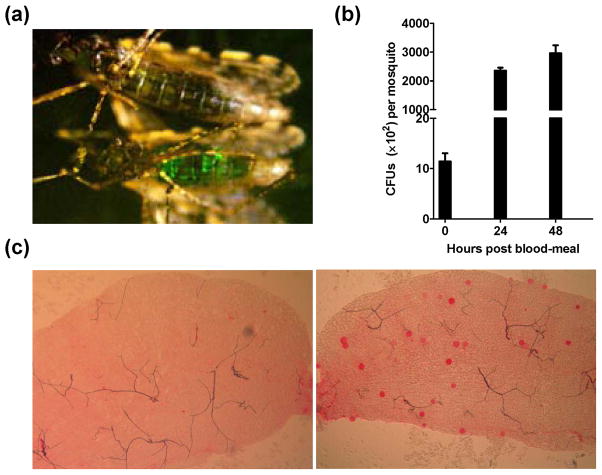Figure 2. Engineered Pantoea agglomerans efficiently inhibits Plasmodium falciparum development in mosquitoes.
(a) Visualization of GFP -tagged P. agglomeransin the mosquito midgut 24 h after a blood meal. GFP-expressing P. agglomerans were administered to 2 day-old Anopheles gambiae via a sugar meal. The upper mosquito fed on wild-type bacteria, and the lower mosquito fed GFP-tagged bacteria. (b) P. agglomerans rapidly proliferate in the midgut after a blood meal. The number of fluorescent bacteria colony-forming units (CFUs) was determined at each of the indicated times by plating serially diluted midgut homogenates on LB/kanamycin agar plates. (c) Inhibition of P. falciparum development in An. gambiae by recombinant P. agglomerans engineered to secrete scorpine, a potent antiplasmodial peptide. Wild type P. agglomerans was fed to one group of An. gambiae mosquitoes via a sugar meal while P. agglomerans engineered to secrete scorpine was fed to the other group of mosquitoes. After 32 h both groups of mosquitoes were fed on the same P. falciparum-infected blood meal. Midguts were dissected 8 d post infection and oocyst number per midgut was determined after staining with 0.1% (wt/vol) mercurochrome. Left panel: a midgut from a mosquito carrying scorpine-secreting P. agglomerans; Right panel: a midgut from a control mosquito carrying an equal number of wild type P. agglomerans. Note the strong reduction in oocyst numbers in the midgut from the mosquito fed scorpine-secreting bacteria.

